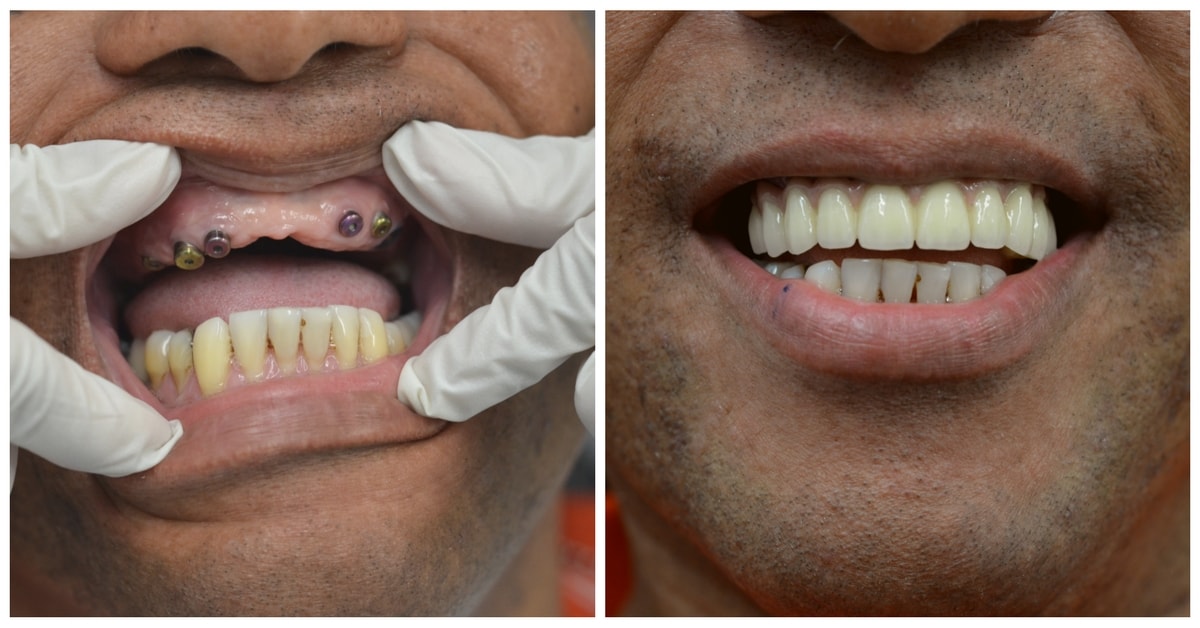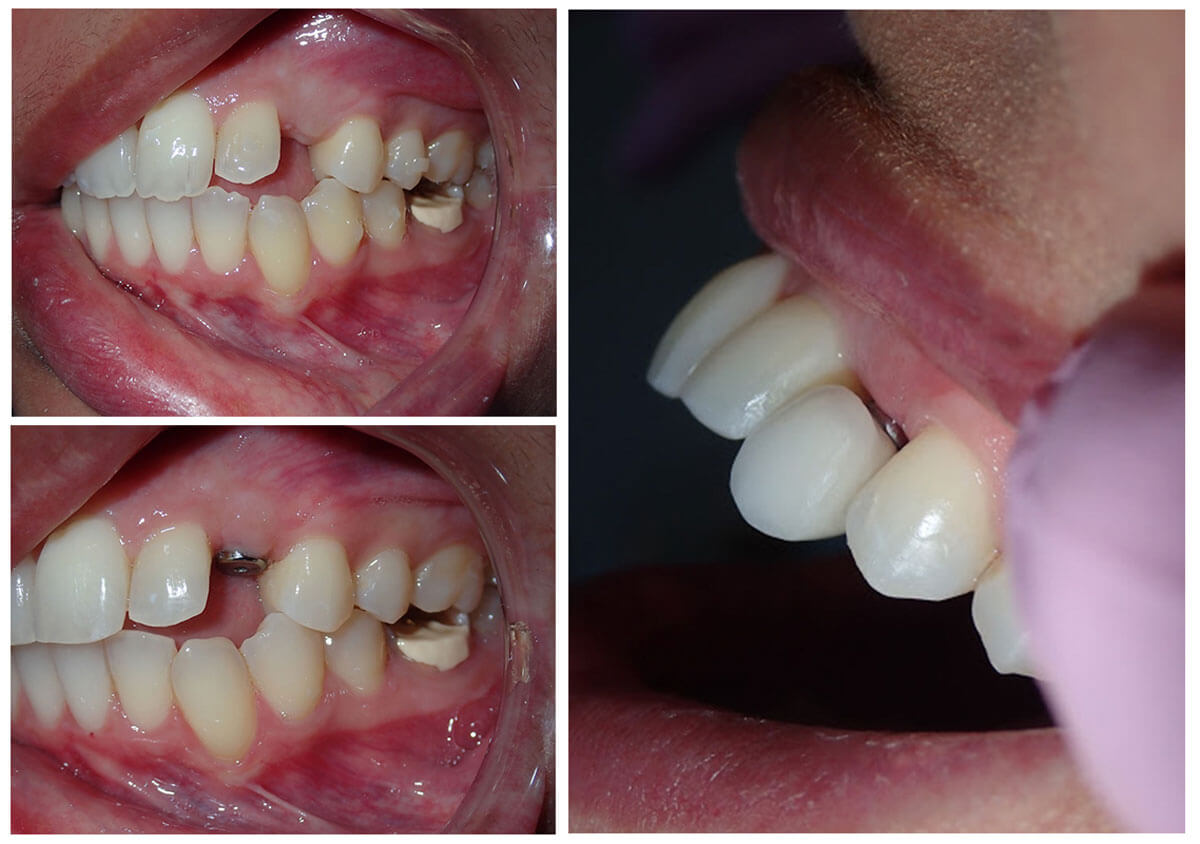The Ultimate Guide To Dental Implants
Table of ContentsAbout Dental Implants4 Simple Techniques For Dental ImplantsFacts About Dental Implants RevealedFacts About Dental Implants Revealed
are medical tools surgically dental implanted into the jaw to recover an individual's capability to eat or their look. They offer support for fabricated (phony) teeth, such as crowns, bridges, or dentures. When a tooth is shed as a result of injury or condition, a person can experience problems such as rapid bone loss, faulty speech, or changes to chewing patterns that result in discomfort.
Framework of The Oral Implant System picking oral implants, speak with your oral provider concerning the possible benefits and risks, and whether you are a candidate for the treatment. Points to consider: Your total health and wellness is an essential consider identifying whether you are a great prospect for oral implants, how long it will require to heal, and the length of time the implant might stay in area.
Smoking cigarettes may impact the recovery process and lower the long-lasting success of the dental implant. The healing procedure for the dental implant body might take a number of months or longer, during which time you normally have a short-lived joint in area of the tooth. the oral implant procedure: Meticulously adhere to the oral hygiene instructions offered to you by your dental copyright.
The Basic Principles Of Dental Implants
Implant failing can result in the demand for an additional surgery to take care of or change the implant system. Restores the ability to eat Recovers cosmetic look Helps maintain the jawbone from shrinking due to bone loss Preserves the wellness of the bordering bone and gums Aids maintain nearby (neighboring) teeth secure Boosts top quality of life Damage to surrounding natural teeth throughout dental implant positioning Injury to the surrounding cells throughout surgery, such as sinus opening Injury throughout surgical procedure (for instance, fracture of surrounding jawbone) Inadequate function, such as really feeling like the teeth do not attack together generally A sensation that the tooth is loosened or turning in place arising from a joint screw loosening up Implant body failing (looseness of the implant body) as a result of systemic infection, which may be most likely in clients with unrestrained diabetes mellitus due to neighborhood infection in bone and gums sustaining the dental implant body as a result of delayed healing, which might be most likely in people who smoke Difficulty cleansing the periodontals around the dental implant, causing poor dental health Unattended periodontal condition Post-surgical pins and needles due to nerve impingement or damages Always notify wellness care suppliers and imaging technicians that you have dental implants before any type of magnetic resonance imaging (MRI) or x-ray procedures.
FDA is not knowledgeable about any kind of adverse occasions reported for MRI or x-ray treatments with oral implants. Oral implants systems are usually constructed from materials that follow worldwide agreement standards of the International Organization for Standardization (ISO) or ASTM International. These standards have information of what makes a safe material.
Dental dental implant systems are examined according to worldwide consensus requirements. Biocompatibility testing, to show hop over to here that bodily contact with the gadget does not trigger problems like inflammation or allergic response, is part of the assessment that helps make sure the products in the dental implant system are safe and do not create unfavorable effects when implanted in individuals.

The Best Strategy To Use For Dental Implants
Some individuals are not qualified for dental implant surgical procedure. It is for oral cosmetic surgeons to operate people with: intense illnessuncontrollable metabolic diseasebone or soft tissue condition or infectionIf these issues are resolved, an individual can have the surgical treatment. Dental Implants. In, oral specialists avoid from Discover More operating individuals with: If individuals with any of the above undergo oral implant surgical procedure, there is a higher threat of the dental implant failing
Some individuals have a jawbone irregularity that protects against sufficient bone for a dental implant from developing. In such instances, a surgeon might require to do a ridge alteration. This includes raising the gum to subject the location of flawed bone. The specialist will after that make use of a bone or bone replacement to fix and accumulate the area.
Oral dental implant surgical treatment is an individualized procedure. It's not the exact same for everybody. However the complying with provides a general overview of what you can expect your dentist, oral doctor, periodontist or prosthodontist to do: Place the implant surgically. Offer you time to heal. Affix the article and last crown, bridge or denture.
Next, your cosmetic surgeon will thoroughly put the dental implant into your jaw. If your implant is near the front of your mouth, your dentist will certainly make a short-lived tooth for you to wear until you heal.
The Buzz on Dental Implants
Your copyright can tell you what to expect in your read review circumstance. During the healing phase, your jawbone should fuse to the dental implant. This procedure, called osseointegration, is essential for stability and long-term success. This procedure can take anywhere from 3 to nine months. Sometimes, it might take much longer.
As soon as your implant heals, your dental professional can affix the abutment (tiny adapter blog post) and your last repair (crown, bridge or denture). This generally takes about one hour to finish and might need a second small surgery. You shouldn't feel any type of discomfort during your oral implant procedure due to the fact that your provider will certainly make use of medication to numb your gums.